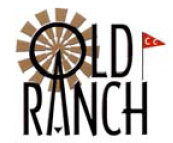Behind The Scenes (Page Three)

Bob is still 'splaining


"Wow!"

Solid gold, right??

Green Sand, A Golfer's Best Friend!
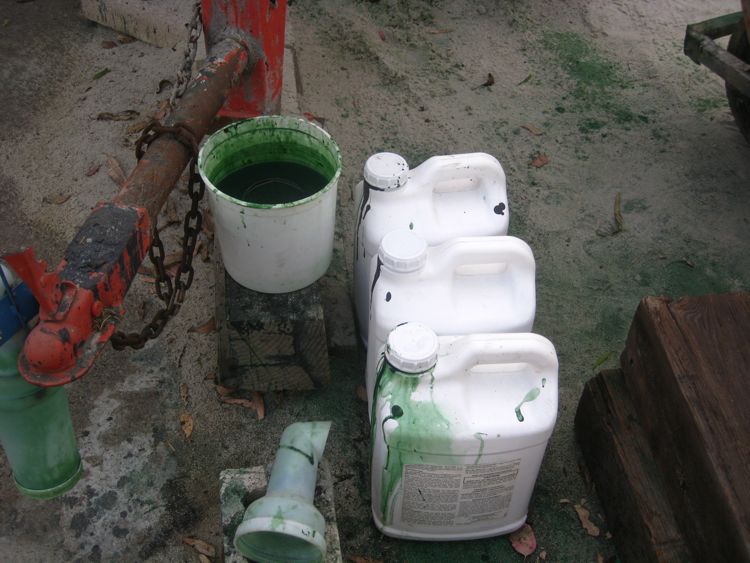
Some paint
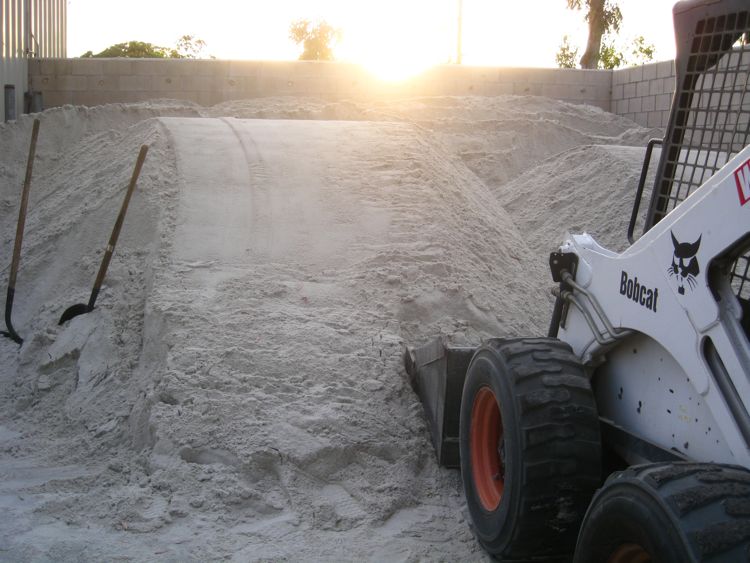
Some sand

Mix it up!

Yuch!
Storage Areas For Trimmings
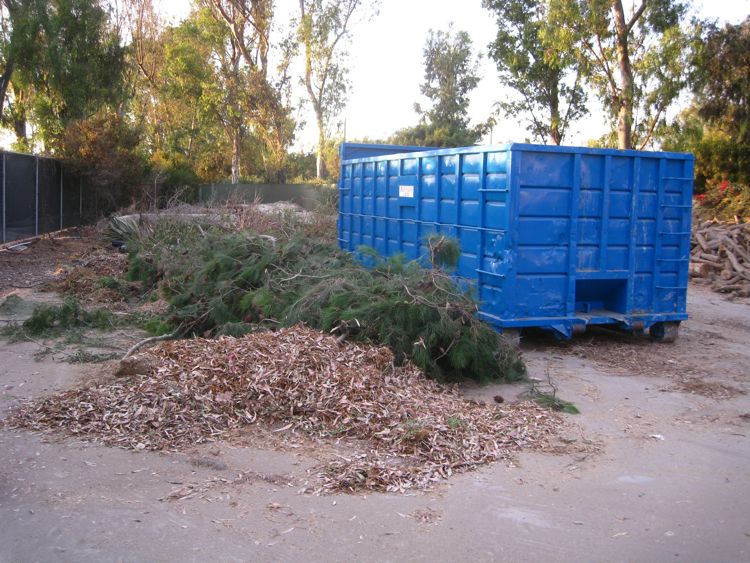
The compost maker picks it up and delivers completed compost back
Did you know? - Composting as a recognized practice dates to at least the early Roman era since Pliny the Elder (AD 23-79) who refers to compost in his writings. Traditionally, composting was to pile organic materials and let them stand for about a year, or until the next planting season, at which time the materials would be ready for soil application.
The main advantage of this method is that little working time or effort is required from the composter and it fits in naturally with agricultural practices in temperate climates. Disadvantages (from the modern perspective) are that space is used for a whole year, some nutrients might be leached due to exposure to rainfall, and disease producing organisms, some weed, weed seeds and insects may not be adequately controlled.


Put another log on the fire....

Heavy machinery
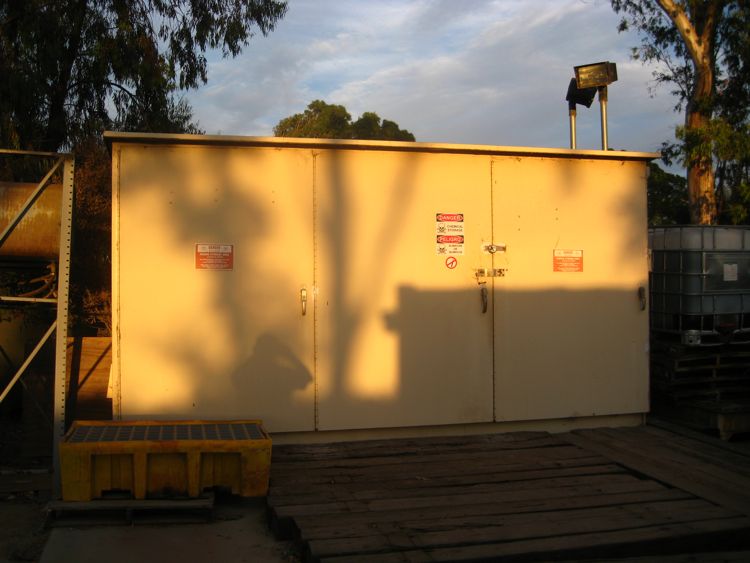
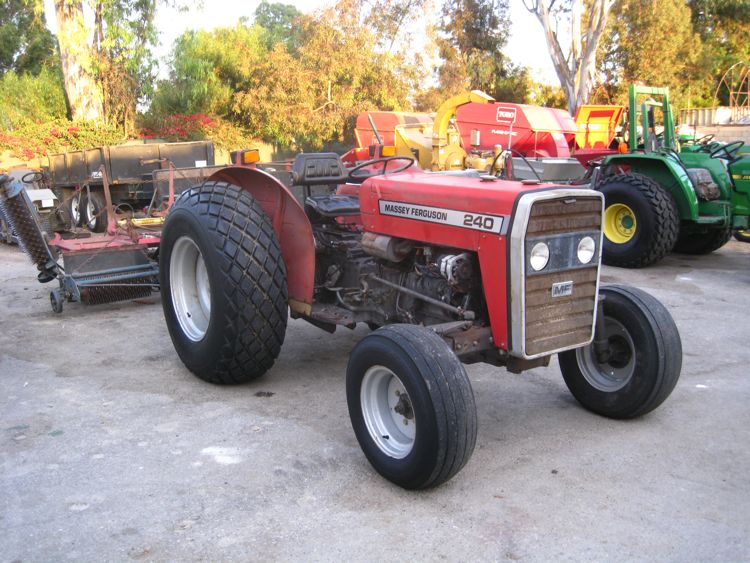
Looks like fun!
Did you know? - A tractor is a vehicle specifically designed to deliver a high tractive effort (or torque) at slow speeds, for the purposes of hauling a trailer or machinery used in agriculture or construction. Most commonly, the term is used to describe the distinctive farm vehicle: agricultural implements may be towed behind or mounted on the tractor, and the tractor may also provide a source of power if the implement is mechanised. Another common use of the term, "tractor unit", describes the power unit of a semi-trailer truck (articulated lorry).
The word tractor was taken from Latin, being the agent noun of trahere "to pull". The first recorded use of the word meaning "an engine or vehicle for pulling wagons or ploughs" occurred in 1901, displacing the earlier term traction engine (1859).
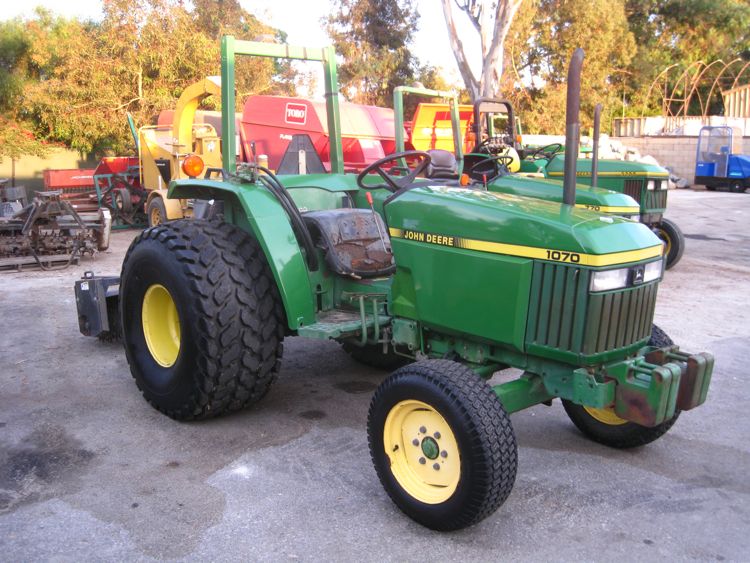
Did you know? - The first powered farm implements in the early 1800s were portable engines – steam engines on wheels that could be used to drive mechanical farm machinery by way of a flexible belt. Around 1850, the first traction engines were developed from these, and were widely adopted for agricultural use. The first tractors were steam-powered plowing engines.
They were used in pairs, placed on either side of a field to haul a plow back and forth between them using a wire cable. Where soil conditions permitted (as in the United States) steam tractors were used to direct-haul plows, but in the UK and elsewhere plowing engines were used for cable-hauled plowing instead.
Steam-powered agricultural engines remained in use well into the 20th century until reliable internal combustion engines had been developed.
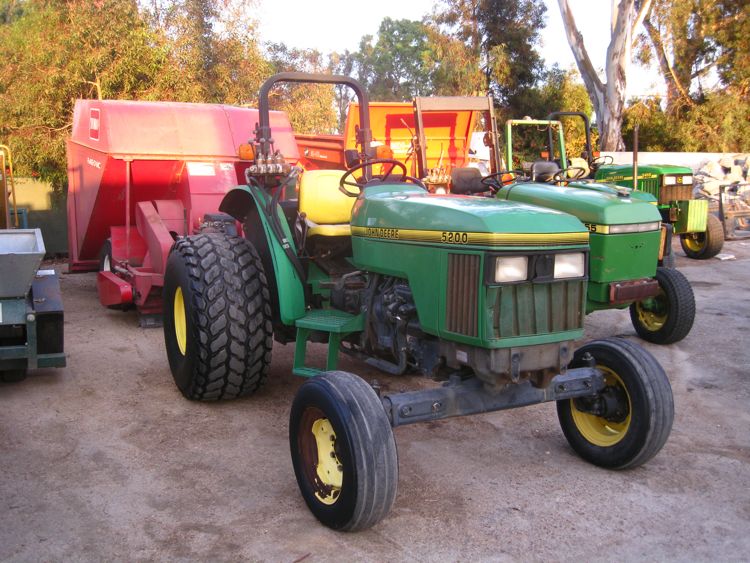


This rocks!

A lot of hardware to maintain

Lynn is checking on dinner

Heck of a toothpick
Did you know? - The toothpick is known to predate the arrival of early modern humans. The skulls of
Neanderthals, as well as Homo sapiens, have shown clear signs of having teeth that were picked with a tool.
It is the oldest instrument for dental cleaning. Toothpicks are well-known in all cultures. Before the toothbrush was invented, one cleaned one's teeth with hard and soft dental woods. Toothpicks made of bronze have been found as burial objects in prehistoric graves in Northern Italy and in the East Alps. It was also well-known in Mesopotamia.
There are delicate, artistic examples made of silver in antiquity, as well as from mastic wood with the Romans.
In the 17th century toothpicks were luxury objects similar to jewelry items. They were formed from precious metal and set with expensive stones. Frequently they were artistically stylized and enameled.
The first toothpick-manufacturing machine was developed in 1869, by Charles Forster. Another was patented in 1872, by Silas Noble and J. P. Cooley.
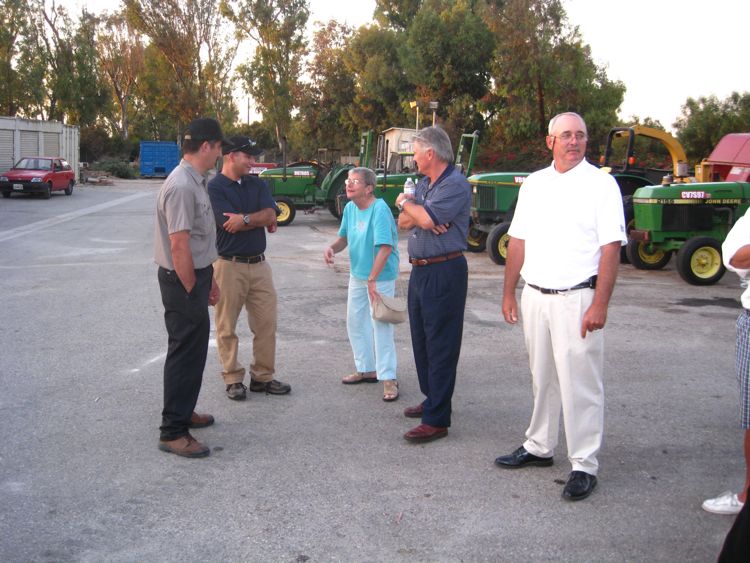
An excellent tour!

Thank you - Thank you!
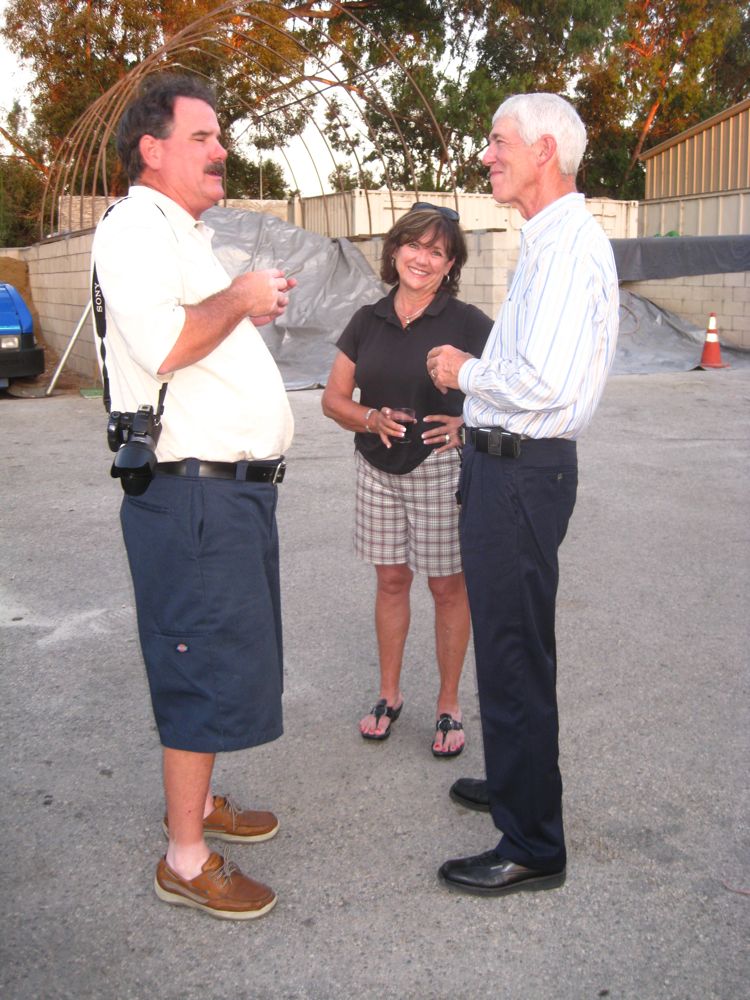
Bob is still 'splaining
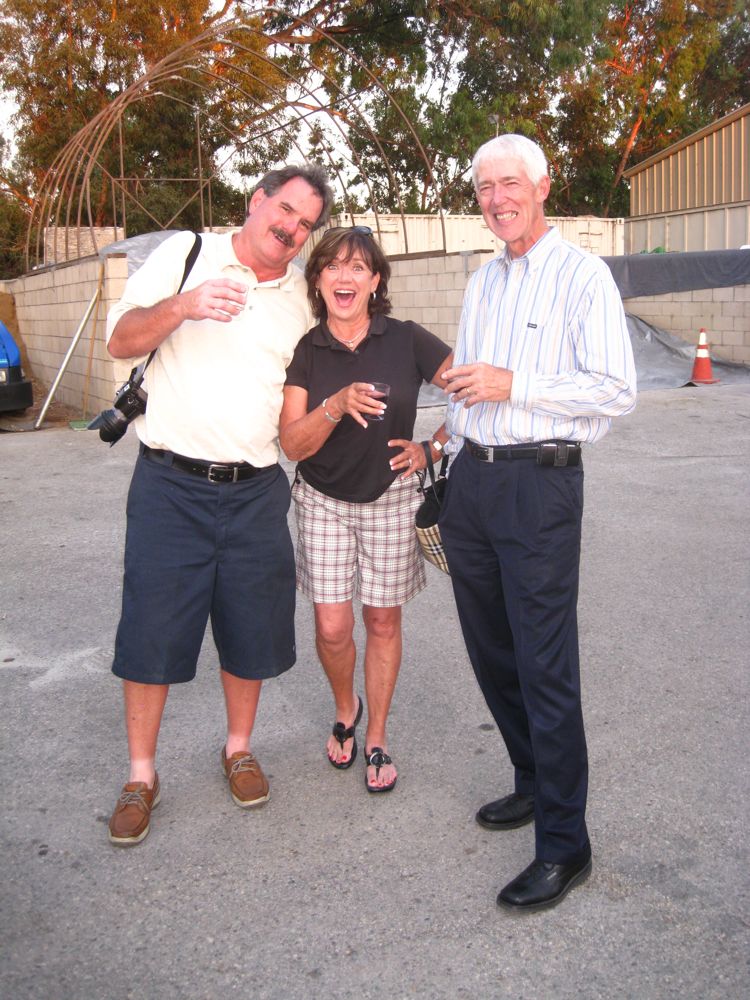
Watch you hand Bob!

Questions
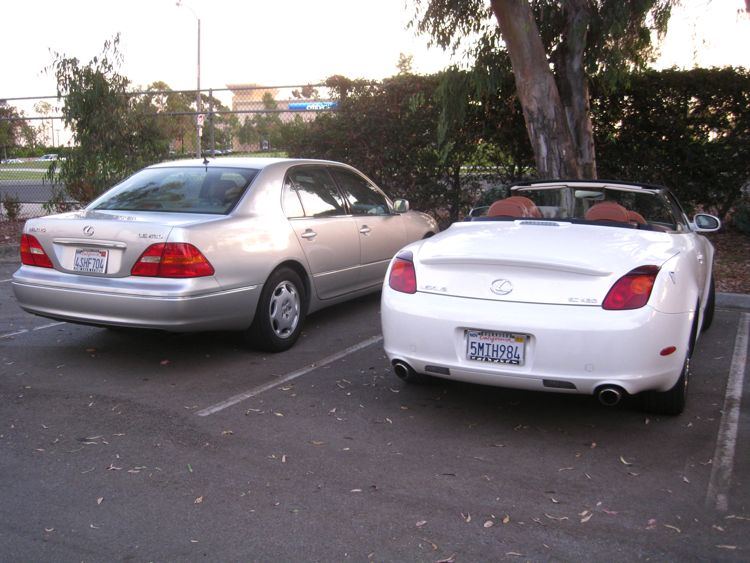
Parking was super!
Back To Civilization





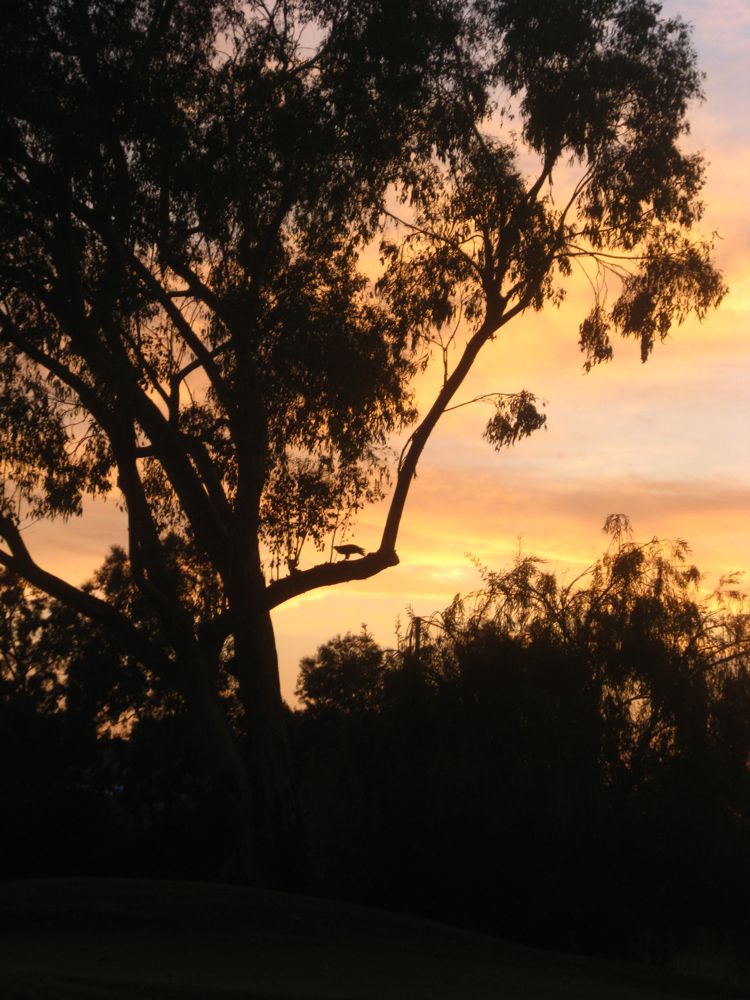
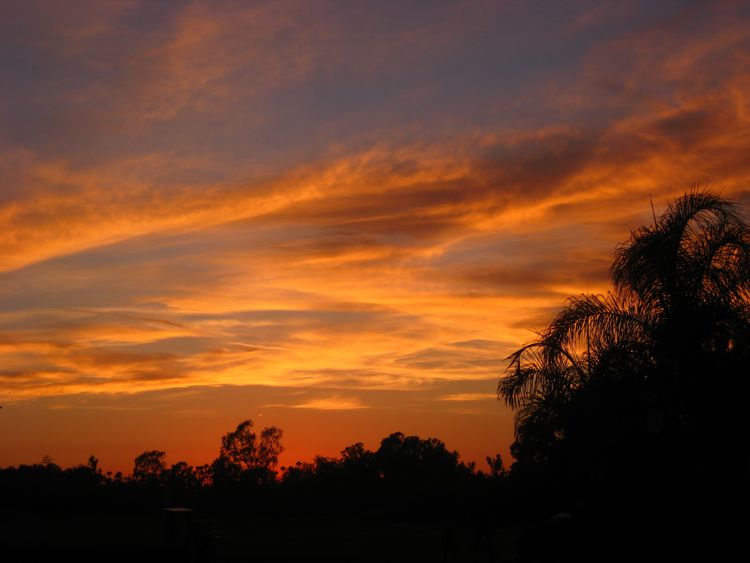

"Finally, we get our carts back!"

Time for a drink
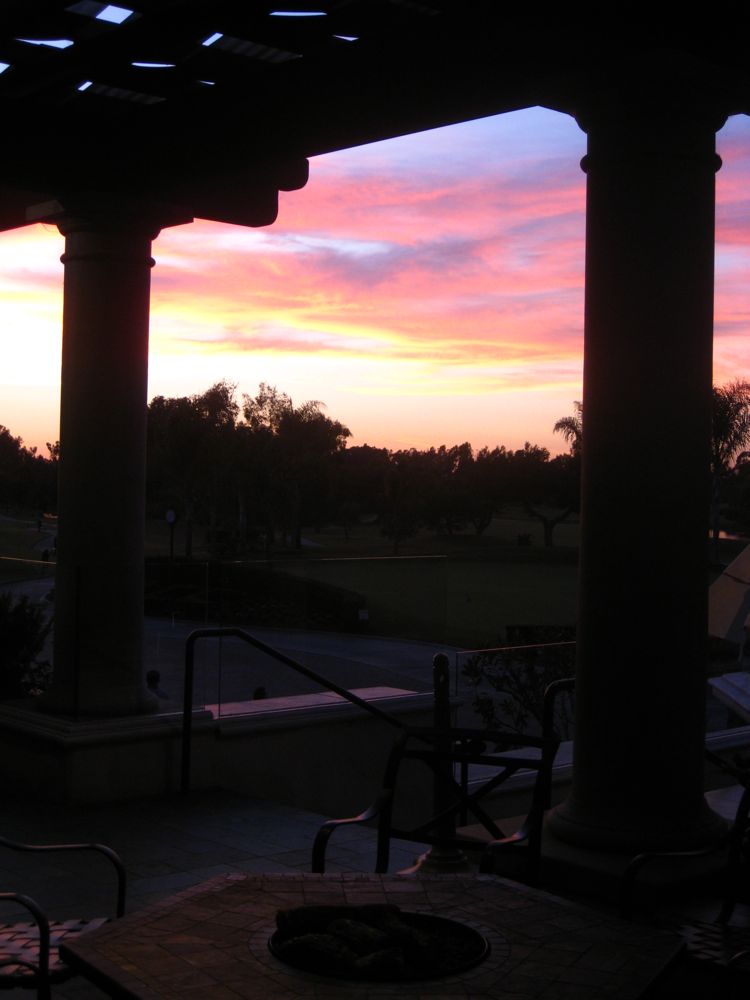

Hello Madame Mayor

Ernie and John


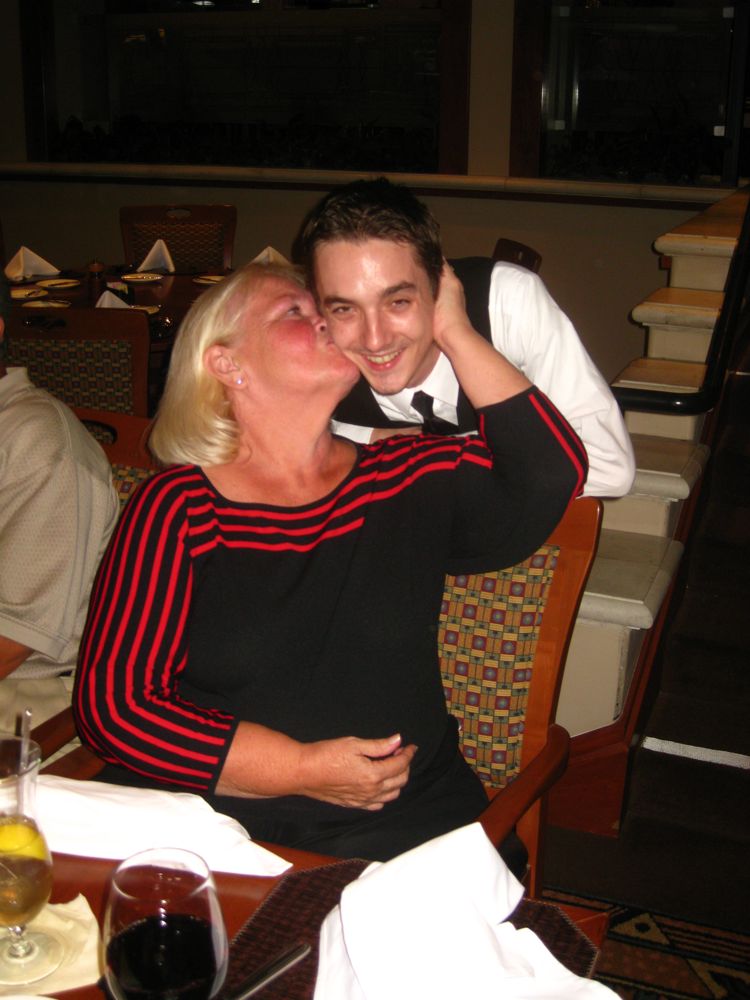


"You gotta be kidding!"


It my cell phone, not my purse
Did you know? - A survey of shoppers at Lakeside Shopping Centre in Essex, England, found that the average 30-year-old woman owns 21 handbags and buys a new one every three months, adding up to 111 over the course of a lifetime.
